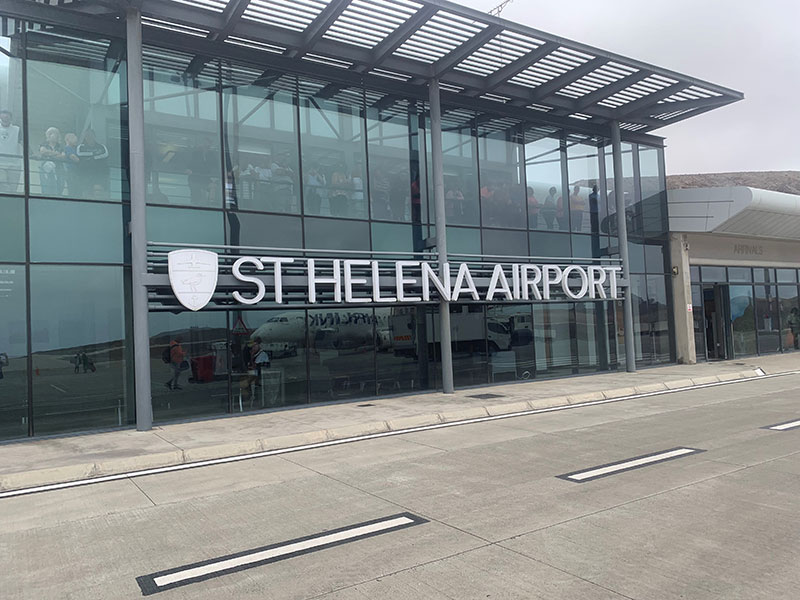By operating in a more integrated way, government could reduce inefficiencies in public services and deliver a better service to citizens.
Jump to downloadsBy operating in a more integrated way, government could reduce inefficiencies in public services and deliver a better service to citizens, according to an NAO report released today. Accompanying the report, the spending watchdog has released a case study looking at the four Whole-Place Community Budget areas, finding that these areas have taken a positive first step in assessing the case for integration.
Previous NAO reports have highlighted significant potential for financial savings and service improvements. For example, more efficient and better coordinated use of office space could reduce central government property costs by £650 million a year by 2020. Each of the areas in the Whole-Place Community Budgets scheme has identified potential benefits from taking a more integrated approach to frontline services, focusing on outcomes like preventing avoidable hospital admissions or reducing reoffending. Greater Manchester, which covers ten local authorities, has estimated net savings of some £270 million over five years, while in West Cheshire savings of £56 million are estimated for the same period.
In general, government has only limited information for identifying opportunities for integration or making an assessment of costs and benefits, which is needed to support the case for integration. In some instances where government has identified integration opportunities, benefits have not been achieved because of implementation difficulties, for example where government has underestimated the challenges integration has posed or there has been a lack of incentives for bodies to work together.
In the 17 departmental business plans published in May 2012, 24 per cent of departments’ 444 ‘actions’ referred to joint working with other departments. NAO analysis suggests there are varying degrees of collaborative working across departments. While the centre of government has recognized the importance of integration, it does not have clearly defined responsibilities to support or encourage frontline integration initiatives across government.
While it is early days for Whole-Place Community Budgets, central government and the four local areas have worked together effectively to assess the case for local service reforms.
The true scale of potential benefits will become clear only if projects are implemented and evaluated robustly. Foundations have been laid but continuing collaboration – including sharing of data – between local and central government and delivery partners is essential to maximize the potential of Whole-Place Community Budgets. There is some room for improvement. For example, local areas recognized that in some cases they needed better information on the costs and effectiveness of current services, to mitigate the risk of over or under-estimating the benefits of change.
Given the imperative for further cost reduction in government, it is important that departments make the most of the potential of integrating frontline services and back office functions. But, across government, the amount of collaboration varies considerably and it is not clear who is taking the lead in identifying the most promising opportunities.
“The community budgets concept, like ‘Total Place’ before it, aims to use funding flexibly to meet local needs. The difference this time is that government is trialling this method properly. We encourage government to continue to work closely with local areas to understand fully what works and what doesn’t.
Amyas Morse, head of the National Audit Office
Downloads
- 10091-001_Integration-across-government.pdf (.pdf — 352 KB)
- Integration-across-government-Executive-Summary.pdf (.pdf — 87 KB)
Publication details
- ISBN: 9780102981346 [Buy a hard copy of this report]
- HC: 1041, 2012-2013



